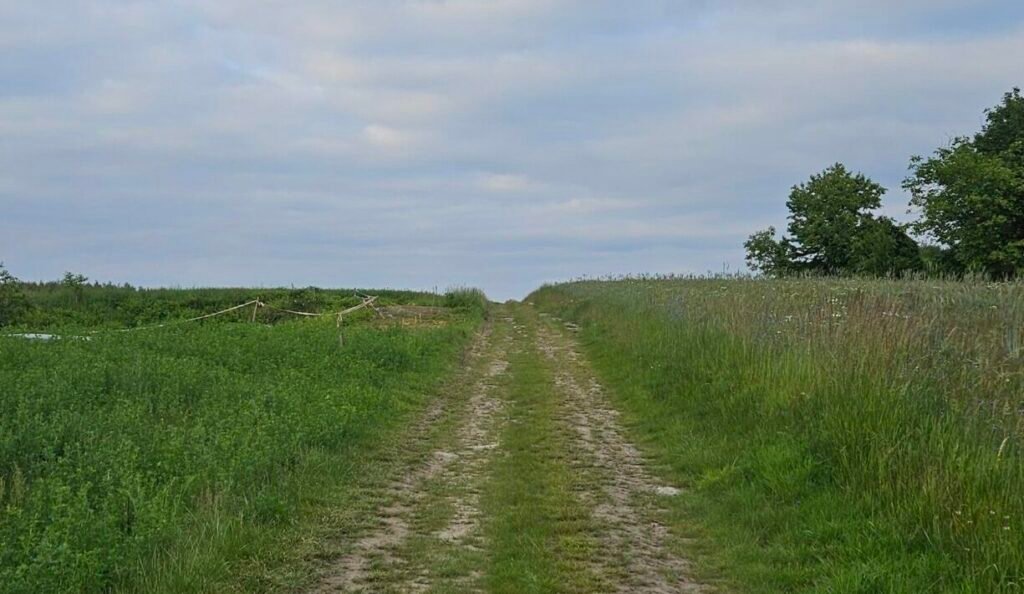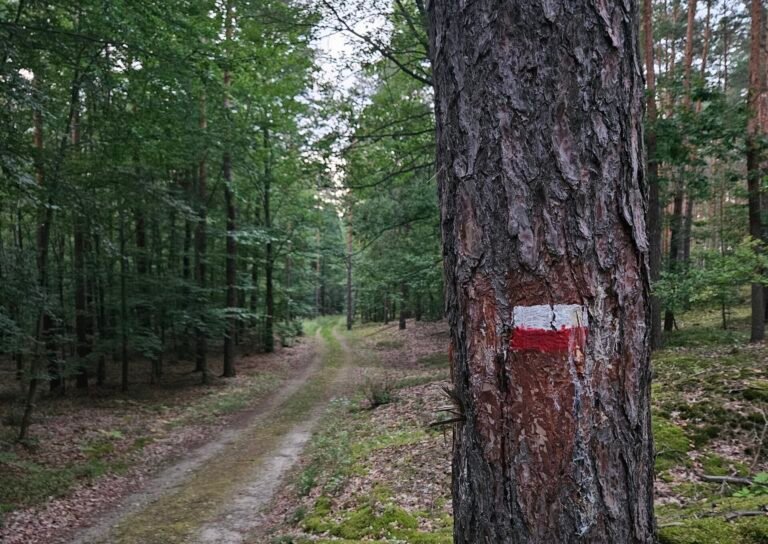One of my favorite aspects of visiting home–particularly in the warmer months–was spending time in the open fields. Unlike our living space in the U.S., our house in Poland was surrounded by not only a large beautiful garden but also fields and farmland. Walking through meadows brimming with bright red poppies, vibrant blue cornflowers, and charming chamomiles, past corn and potato fields, the old pear tree by the well–a marker that our family had used for decades.
Delighting in a picnic on a pleasant afternoon, flying a kite at sunset, gazing at the stars in the dark sky at night. These were memories I could not easily replicate in the United States.
In the 50’s, most of the land surrounding the house consisted of fields. Old photos show flat grassy land as far as the eye can see, with a wall of trees–one of the many pine forests–in the distance. Roads were sparse, neighbors few and far between. The railroad track by the house did not yet exist–construction would begin in 1970, using prisoners from the county jail as the workforce. Mom recalls offering the workers water and food as they took breaks under the shade of a tree by the house.
Visiting Poland in the late 90’s, the fields were still the most prominent aspect of the area. It took a while for the country to gain its footing after so many years of Soviet control, so much of the town, roads, and surrounding areas remained the same.
Poland in the 21st century
The 2020’s offer a much different picture: it’s apparent how much Poland has advanced and the population grown. A positive thing, economically, but unfortunately evident through the growth of roads networks passing through farmland, homes sprouting up in surrounding plots, and most dishearteningly, deforestation.
The hope is that, despite the advances and economic success, Polish people retain that which they are well-known for: a fervor for the land that, for centuries, they and their ancestors fought tirelessly to defend.


